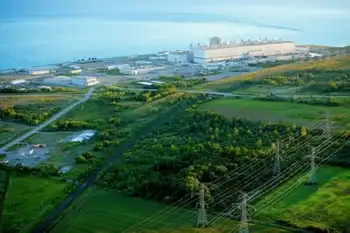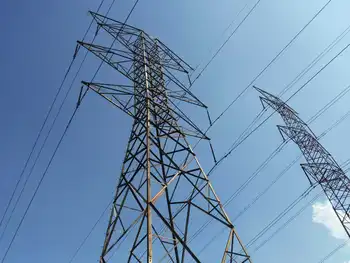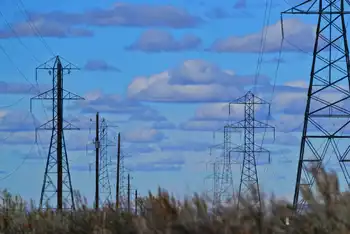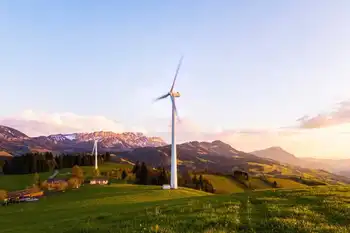Siemens awarded second Baltic Sea contract
KARLSRUHE, GERMANY - Energy company Siemens Energy Incorporated recently signed a contract with Energie Baden-Wuerttemberg AG EnBW for the supply of 80 wind turbines for the 288-megawatt MW EnBW Baltic 2 offshore windfarm project.
Each wind turbine will have a capacity of 3.6 MW and a rotor diameter of 120 meters. Siemens Energy is a division of the Energy Sector of electrical and electronics engineering company Siemens AG, while EnBW is the holding company of the EnBW Group. The commercial value of the contract has not been disclosed, although both companies said that the order was valued in the triple-digit millions range.
The EnBW Baltic 2, previously known as Kriegers Flak, will be Germany's second commercial offshore windfarm in the Baltic Sea. The 27-square-kilometer windfarm will be about 32 kilometers north of Rügen Island, in the western Baltic. The initial maritime civil works are set to begin in 2012, and the windfarm is expected to be ready for operations by 2013. When fully operational, EnBW Baltic 2 will generate 1.2 terawatt-hours per year of electricity that will be supplied to about 340,000 households. CO2 emissions are expected to be brought down by 900,000 tons per year.
Speaking at the contract signing, Dr. Hans-Josef Zimmer, EnBW's chief technical officer and a member of the management board, said that EnBW Baltic 2 would be about six times larger than EnBW Baltic 1. He said that Baltic 1 and Baltic 2 are two of the four windfarms that the company plans to build in the Baltic Sea and the North Sea. The combined power generation capacity of the four windfarms would be 1,200 MW, and the estimated investment in the four projects is 300 billion euros US$363.18 billion.
Dr. René Umlauft, the chief executive officer of the Renewable Energy Division of Siemens Energy, said that this was the second association between Siemens and EnBW, after Baltic 1, and that both companies are pioneers in the development of offshore wind power in Germany. He added, "With our reliable, field-proven wind power technology, we can make a significant contribution toward the expansion of sustainable power supply in Germany."
The Baltic 1 is Germany's first offshore windfarm project. The windfarm will be spread across 7 square kilometers at a site about 16 kilometers to the north of the Darss-Zingst Peninsula, at the Mecklenburg-Vorpommern coast on the Baltic Sea. Work on the 48.3-MW windfarm was scheduled to begin early this year and to be completed before the end of the year. Siemens will be supplying the project with 21 of its SWT 2.3-93 wind turbines. The 3 billion-euro US$3.63 billion project is expected to have a 20-year life. The generated electricity is expected to power about 27,000 households, while the windfarm is expected to reduce CO2 emissions by about 55,000 tons per year.
EnBW's proposed windfarms on the North Sea are the Hochsee Windpark Nordsee and the Hochsee Windpark He dreiht, both of which will be set up in the Niedersachsen region. Both windfarms will have a generation capacity of 400 MW each, accounted for by 80 wind turbines of 5 MW each. The Hochsee Windpark Nordsee will be about 100 kilometers from the coast and will cover about 42 square kilometers. The windfarm is expected generate enough electricity for 223,660 households and reduce CO2 emissions by about 452,000 tons per year. Project work is expected to begin in early 2011 and to be completed in late 2011.
The Hochsee Windpark He dreiht will be set up about 97 kilometers from the coast and be spread across about 44 square kilometers. The electricity generated and the CO2 emission reduction will be of the same scale as that of the Hochsee Windpark Nordsee. The project is expected to be completed in 2015. There also are plans for a 140-MW He dreiht II.
EnBW is Germany's third-largest utility company, and it focuses on various aspects of the electricity business: generation, trading, grid, sales, transmission and distribution. Gas, energy and environmental services are other areas that the company focuses on. EnBW aims to enhance its share of renewable business from the existing 11 to 20 by 2020. Expansion of its wind power generation capacity is high on the company's priority list.
The two primary shareholders of EnBW, each with 45, are energy operator Électricité de France S.A. EDF and the association Oberschwäbischen Elektrizitätswerke. Under mutual agreement, EDF will operate EnBW until 2012. EnBW has more than 21,000 employees and close to 6 million customers in Germany and across Europe.
Related News
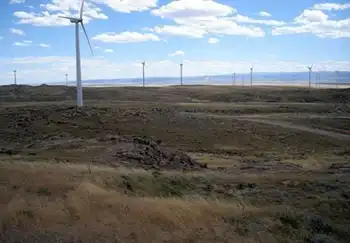
Germany’s renewable energy dreams derailed by cheap Russian gas, electricity grid expansion woes
BERLIN - On a blazing hot August day on Germany’s Baltic Sea coast, a few hundred tourists skip the beach to visit the “Fascination Offshore Wind” exhibition, held in the port of Mukran at the Arkona wind park. They stand facing the sea, gawking at white fiberglass blades, which at 250 feet are longer than the wingspan of a 747 aircraft. Those blades, they’re told, will soon be spinning atop 60 wind-turbine towers bolted to concrete pilings driven deep into the seabed 20 miles offshore. By early 2019, Arkona is expected to generate 385 megawatts, enough electricity to power 400,000…

